Quick Links
Sonic the Hedgehog has over 30 years of history to go through, although most of the games have rather simple plots. With the vast majority of them, you can see their release dates, assume that one game happens after the other, and you’d be all in all correct.
However, certain games have some time-bending rules that change that completely, with a couple versions of Sonic running around in different canon stories. Here, we will explore the complete timeline of Sonic, not by release date, but by what happens in chronological order.
The Classic Era Timeline
The original Sonic The Hedgehog game was released in 1991, with the character growing and evolving into the blue blur we know today. However, the release of Sonic Generations has had some consequences for the timeline, giving ‘Classic Sonic’ new adventures in the modern era.
Not even the games can decide if ‘Classic Sonic’ is an entirely different Sonic, or if it is just a past version of Sonic, but for simplicity’s sake, we are going to consider ‘Classic Sonic’ as a younger Sonic; that way, we don’t need to deal with alternate timelines just yet.
Sonic The Hedgehog
The game that started it all sees Sonic face off against his archnemesis, Doctor Robotnik, also known as Eggman. The discrepancy in names was due to a translation decision from Japanese to English, although it has since been canonized that the Doctor’s name is Robotnik, while Eggman is an alias.
Nearly all the Sonic stories deal with him fighting Eggman in one way or another, so we won’t cover the plots in detail. The important aspect here is that, while the Chaos Emeralds were already a thing, there were only six of them.
Sonic CD And Sonic The Hedgehog 2
While Sonic CD has a rather simple and easy-to-overlook story, it marks the first time Amy and Metal Sonic appear in the series. These events don’t necessarily need to happen before Sonic 2, but since neither Tails nor Super Sonic appear in that game, it is a good place for it in the timeline.
Sonic the Hedgehog 2, on its part, makes the total Chaos Emeralds seven, starts the trend of Super Sonic being needed for the canonical ending, and introduces Miles ‘Tails’ Power. The twin-tailed fox will continue to be Sonic’s most trusted ally, and a great engineer who shows up with a plane at the end of the game, the Tornado.
Sonic Generations – Classic Sonic Side
At an unclear point in this Sonic’s story, he gets pulled by an entity called the Time Eater towards a white void, where he has to team up with his future self to save the timeline. He manages to free his friend Tails, who also meets his other self, and the group works together towards the same goal.
It is hard to place Generations neatly in the Classic timeline because Sonic knows Tails and can transform into Super Sonic, but neither him nor Classic Eggman know about Knuckles. Without thinking about it too hard, this is the best place in the Classic timeline to place the game.
Sonic The Hedgehog 3 And Knuckles
While at times they can be found as different games, Sonic the Hedgehog 3 and Sonic & Knuckles tell a singular story, introducing the Master Emerald and the easy-to-trick echidna, Knuckles. While hard to tell without added context, Knuckle’s campaign happens after Sonic’s, which is why he faces Eggman’s robots instead of the man himself.
While there is a game called Sonic 4, it was released episodically but never finished, having been discontinued by Sega, making it non-canon.
Sonic Mania And The Spinoffs
Several games were released after Sonic & Knuckles, but their adventures were never anything to write home about, with several characters that never appeared again in the series. That changed in 2017 and 2018 with the release of Sonic Mania and Sonic Mania Plus, respectively, since they added several cameos from characters of old and often forgotten games.

Related
Sonic X Shadow Generations: 8 Things To Do After You Beat The Game
If you’ve finished Sonic X Shadow Generations and want to keep playing, here are the best things to do after beating the final boss.
As such, characters like Ray the Flying Squirrel from SegaSonic, Mighty the Armadillo from Knuckles’ Chaotix, and even Bark the Polar Bear from Sonic Fighters are made somewhat canon by Mania, at least for Classic Sonic. If we continue to assume that Classic Sonic is just past Sonic, then all those characters exist somewhere in the modern world.
The Modern Era Timeline
Sonic’s current design first appeared in Sonic Adventure, released in 1998, giving him and his companions a sleeker look. The biggest change was to Amy, who continues to be a hedgehog like Sonic but looks nothing like him now.
Not all of the many games released during this modern era can be neatly placed within a timeline, although some of them have details that place them before or after a title, even if unintentional by the developers. In the vast majority of games, Eggman continues to be the main antagonist in one way or another.
Sonic Advance Series
The first Sonic Advance game has Tails riding his original Tornado plane, destroyed during Sonic Adventure, so it necessarily has to happen before Sonic Adventure. The series as a whole is important due to it introducing Cream, part of the core roster in the Sonic series since her inception.
The third game has the Tornado 2, so it can easily happen after the other games.
Sonic Adventure Series, Sonic Heroes, And Shadow The Hedgehog
Working as the real start of the modern Sonic era, Sonic Adventure is the game where the previously mentioned redesigns were made. It also expanded on the lore of the echidnas, with a final boss that isn’t Eggman, even if he is still the main antagonist of the game.
Sonic Adventure 2 expands the lore even further, introducing the popular Shadow storyline, Rouge the Bat, and the G.U.N. organization. Sonic heroes and Shadow the Hedgehog continue to explore these same characters, with Shadow’s game revealing that he’s part alien.
Sonic Heroes also introduces the Chaotix team, but their story doesn’t reference Knuckles’ Chaotix at all.
Sonic The Hedgehog 2006, Sonic Rush Series, And Sonic Rivals Series
A particular headache to wrap your head around is the infamous Sonic 06’, the attempt to revitalize the Sonic name that completely backfired. It deals with a dystopian future with an ending that completely undoes said future, rendering the whole story null.
Two popular characters were introduced in that game, Blaze the Cat and Silver the Hedgehog, but they are from that doomed future. Later games will retcon aspects of these characters, with Blaze being from a different dimension in Sonic Rush and Silver appearing seemingly out of nowhere in Sonic Rivals.
Due to this, the Rush and Rivals series needs to be canon due to Blaze and Silver’s appearance in future games. If a neat timeline was needed, Sonic 06’ happens first (although nothing happened in the end), then Sonic Rush with Eggman Nega from another dimension, and finally Sonic Rivals with Eggman Nega being from the future now.
Standalone Games
Without any new major characters being introduced, many of the later Sonic games can be considered to happen in any order. This includes the Rider games, Sonic and the Secret Rings, Sonic Unleashed, and Sonic and the Black Knight.
Many of these games were referenced in a later game, Sonic Frontiers, hence why series like Riders are mentioned here while other racing games aren’t. The Secret Rings and Black Knight games are also softly connected, since they both use the Sonic characters to represent people other than themselves.
Sonic Colors Into Sonic X Shadow Generations
There isn’t anything particularly noteworthy about the story in Sonic Colors, but it is firmly placed right before Generations due to its ending leading to that game. We have already mentioned Generations in the Classic Timeline, and this is when the modern Sonic in that game is from.
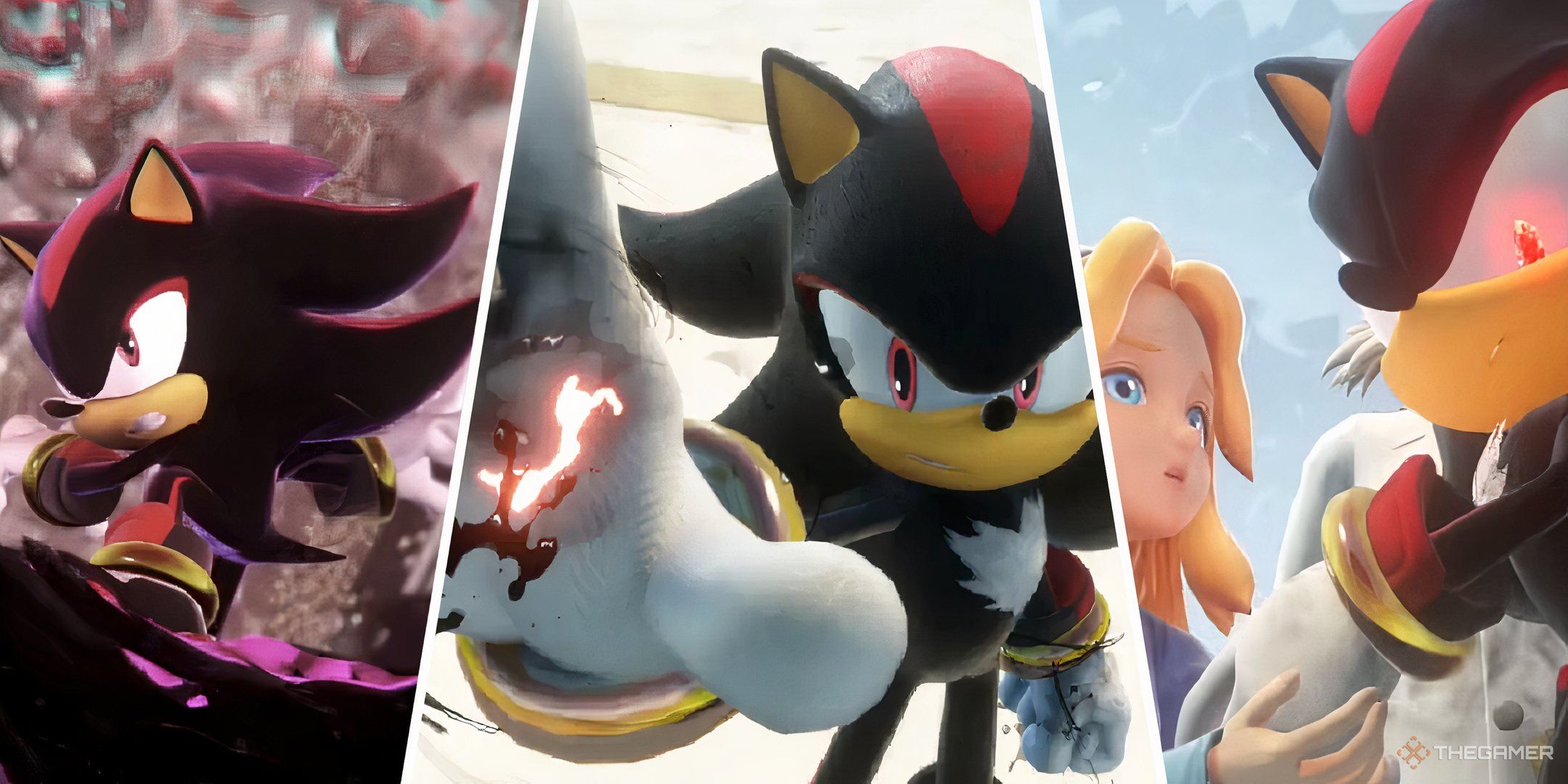
Related
10 Lingering Questions We Have After The End Of Sonic X Shadow Generations
Shadow The Hedgehog’s backstory is now complete, but it still raises many unanswered questions.
The most up-to-date version of Generations is Sonic X Shadow Generations, released in 2024. It still happens at this point in the timeline, but it adds a campaign with Shadow as he faces off against Black Doom, a villain introduced in Shadow the Hedgehog.
Sonic Lost World, Sonic Forces, And Sonic Frontiers
These last few games are standalone adventures like other games in this recent era, although they have more clear-cut references to one another, hence why they are easy to place in order. Sonic Forces, for example, has a recurring villain from Lost World, although it is technically a copy of it.
Sonic Frontiers has many memos written by Eggman that reference several games from the past, placing it firmly after all the other games that came before it. Its story continues to be about fighting Eggman, although it gives some more context about where the Chaos Emeralds came from.
There are far too many animated shows and comics to go into detail here, but they each have their own continuity. Most of them took heavy inspiration from the games, with Adventures of Sonic the Hedgehog taking from the Classic era, while Sonic X took most of its elements from the Adventure games.
Sonic Prime deals with the concept of multiple versions of the same character in the multiverse, but it isn’t canon with the games.
Other series make up their own lore from scratch, most notably the Sonic the Hedgehog series from 1993, which had Sonic being the leader of a freedom fighting group. Sonic Boom was another attempt at shaking up the formula, even having its own series of games, but the universe has since been abandoned.
The Sonic Live-Action Movies
The Sonic movies, while clearly making up their own lore, take from large aspects of the classic games to tell their stories set on modern-day Earth. The first movie has Sonic facing off against Eggman without becoming Super Sonic, just like the first game, while the second movie covers rather faithfully the key events of Sonic & Knuckles.
While it is new to the movies that Sonic and company are aliens, that was always the case with Shadow as revealed in his own game.
The third movie, released in 2024, jumps forward to the events of Sonic Adventure 2, including the entire plot of Shadow from that game. The final post-credits scene has both Amy and Metal Sonic, mimicking their joint reveal in Sonic CD.
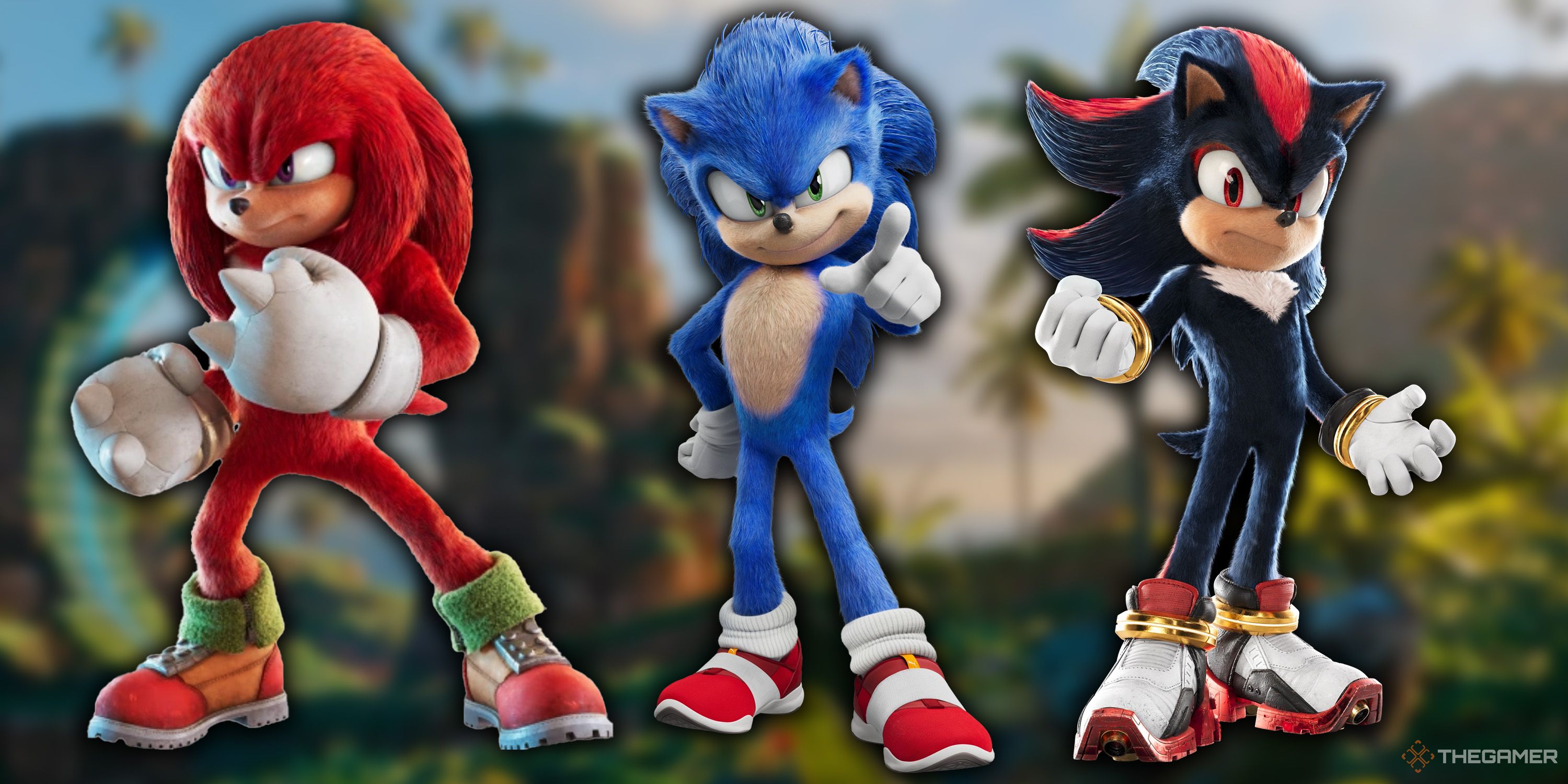
Next
Every Sonic The Hedgehog Movie, Ranked
We’ve ranked every Sonic the Hedgehog movie from worst to best.
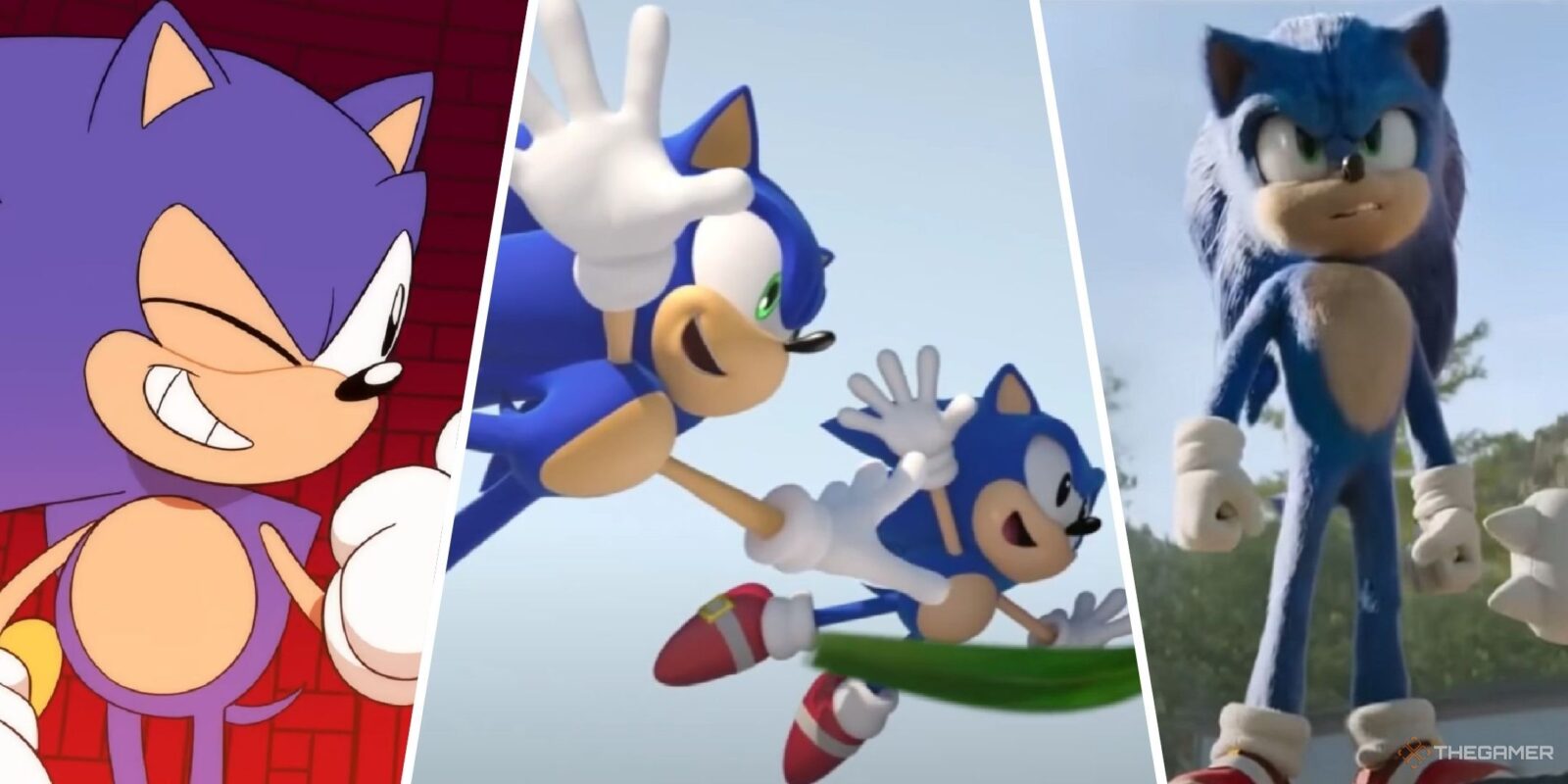

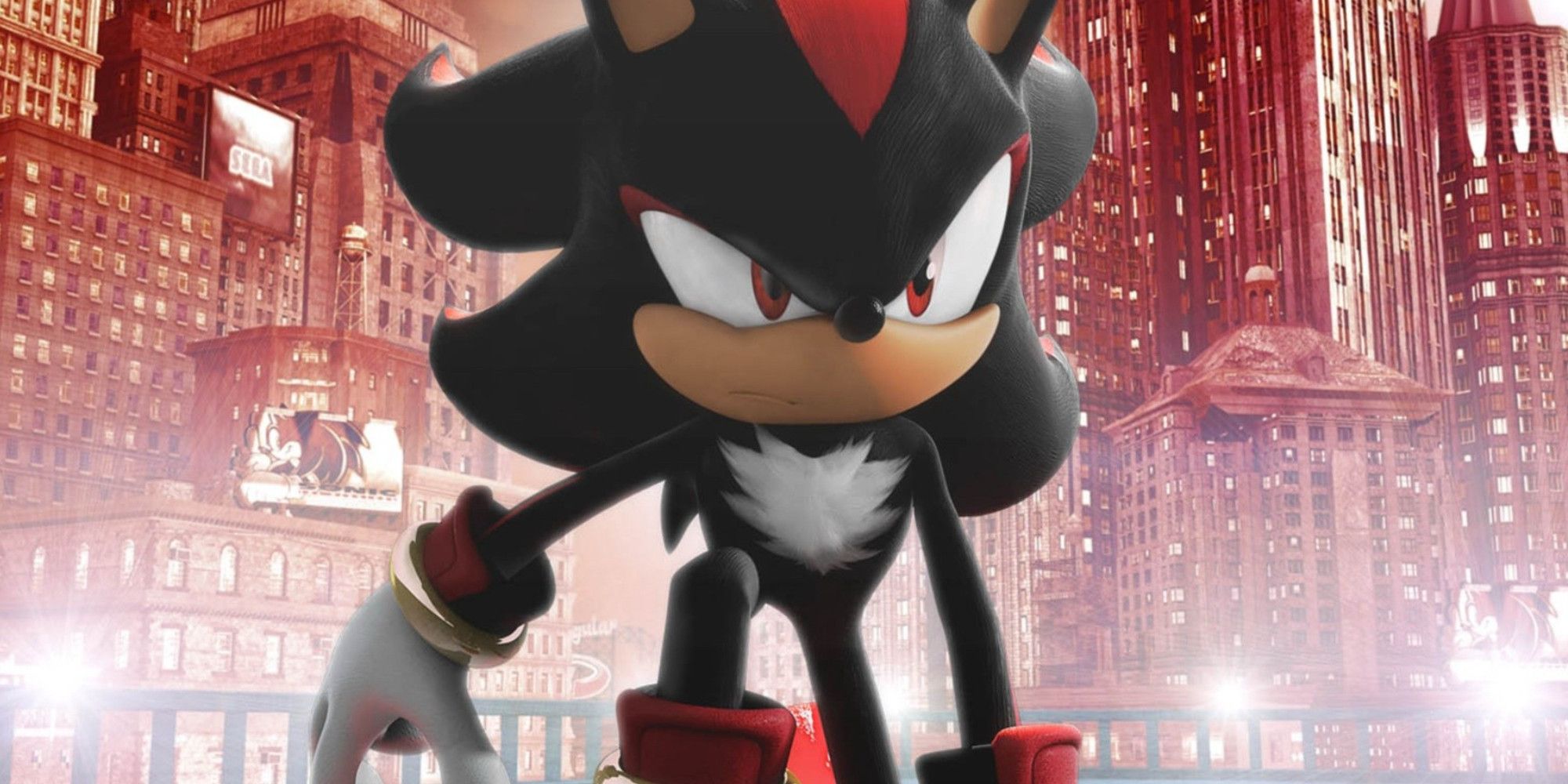
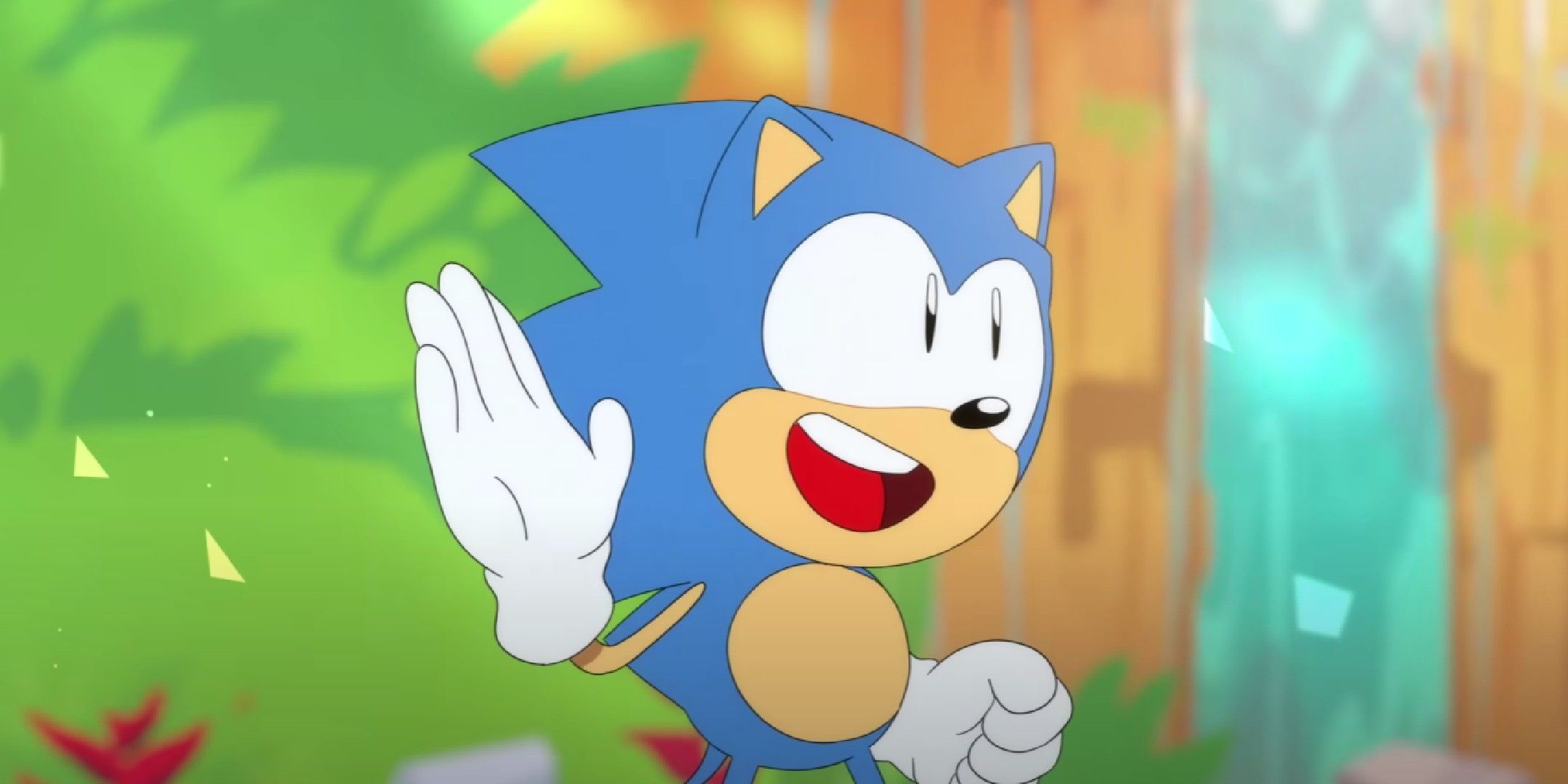
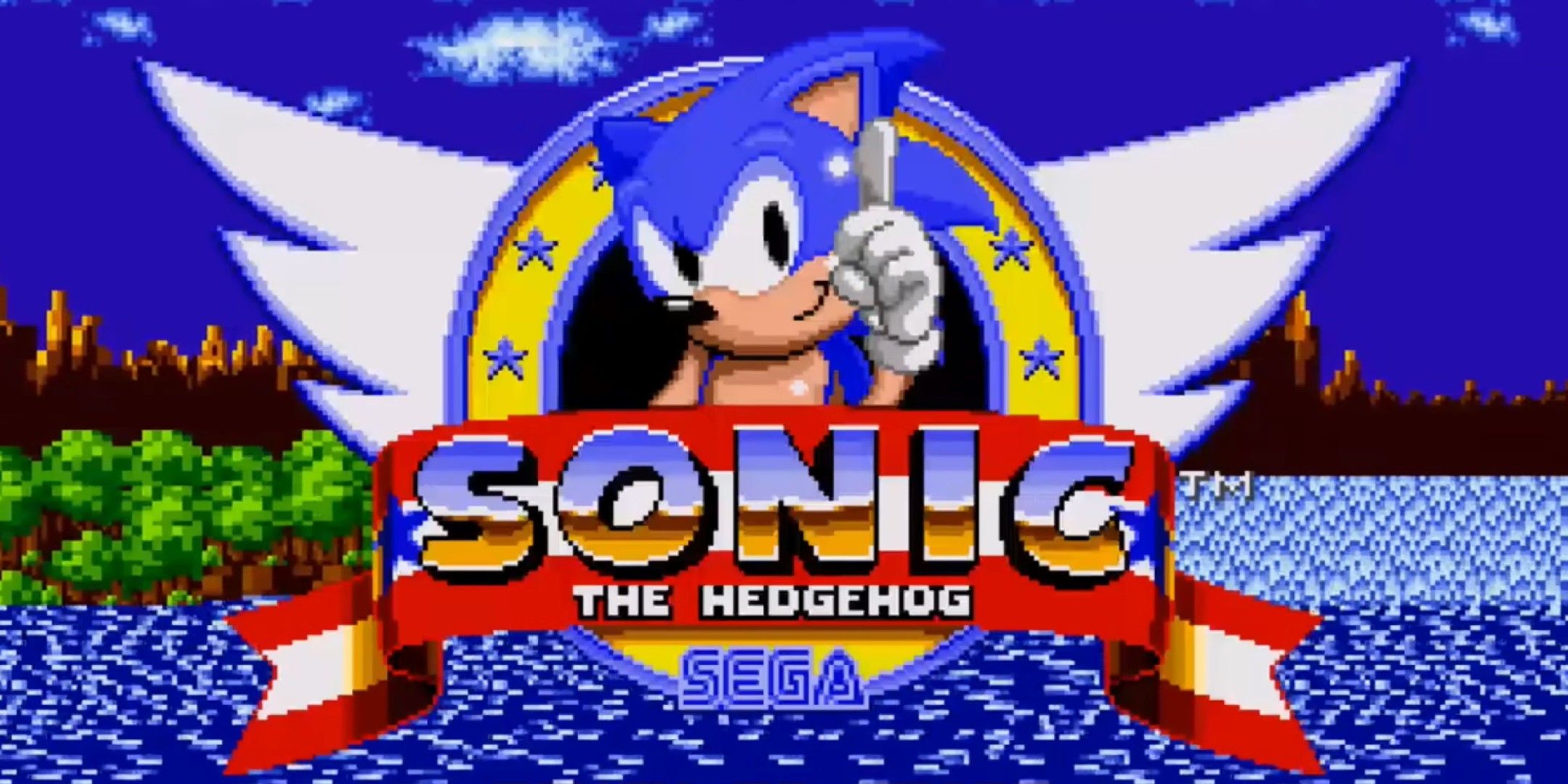
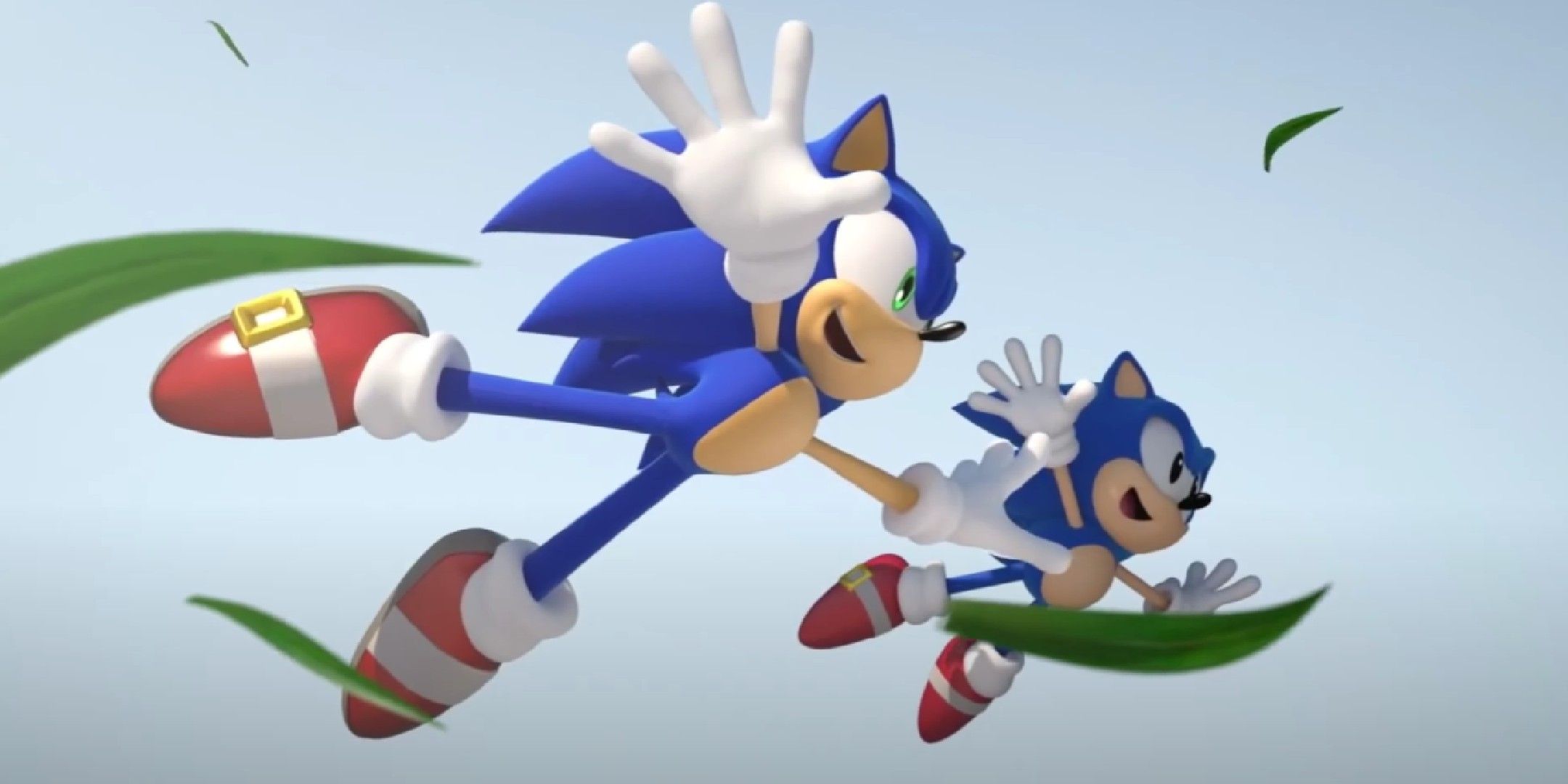
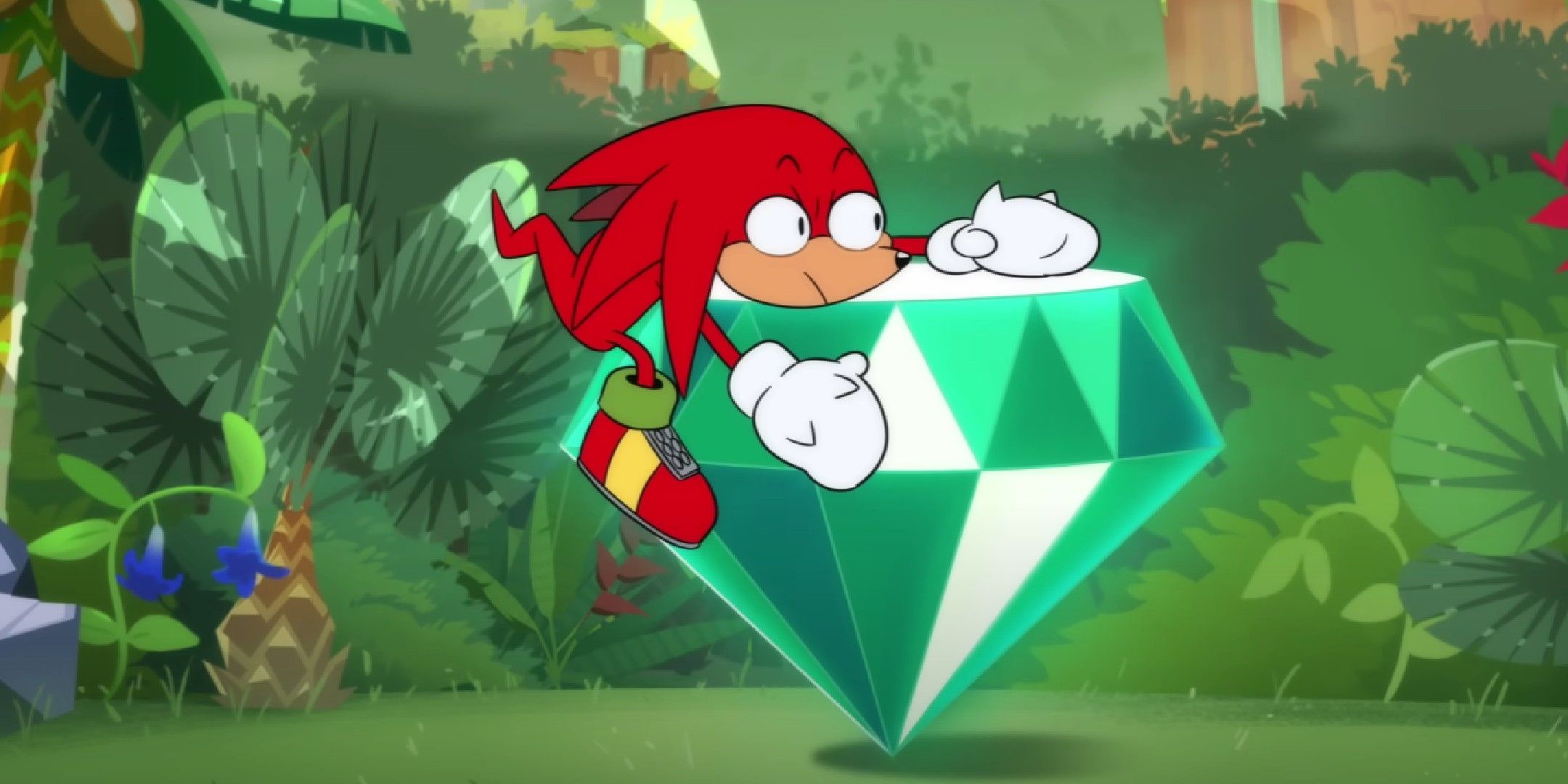
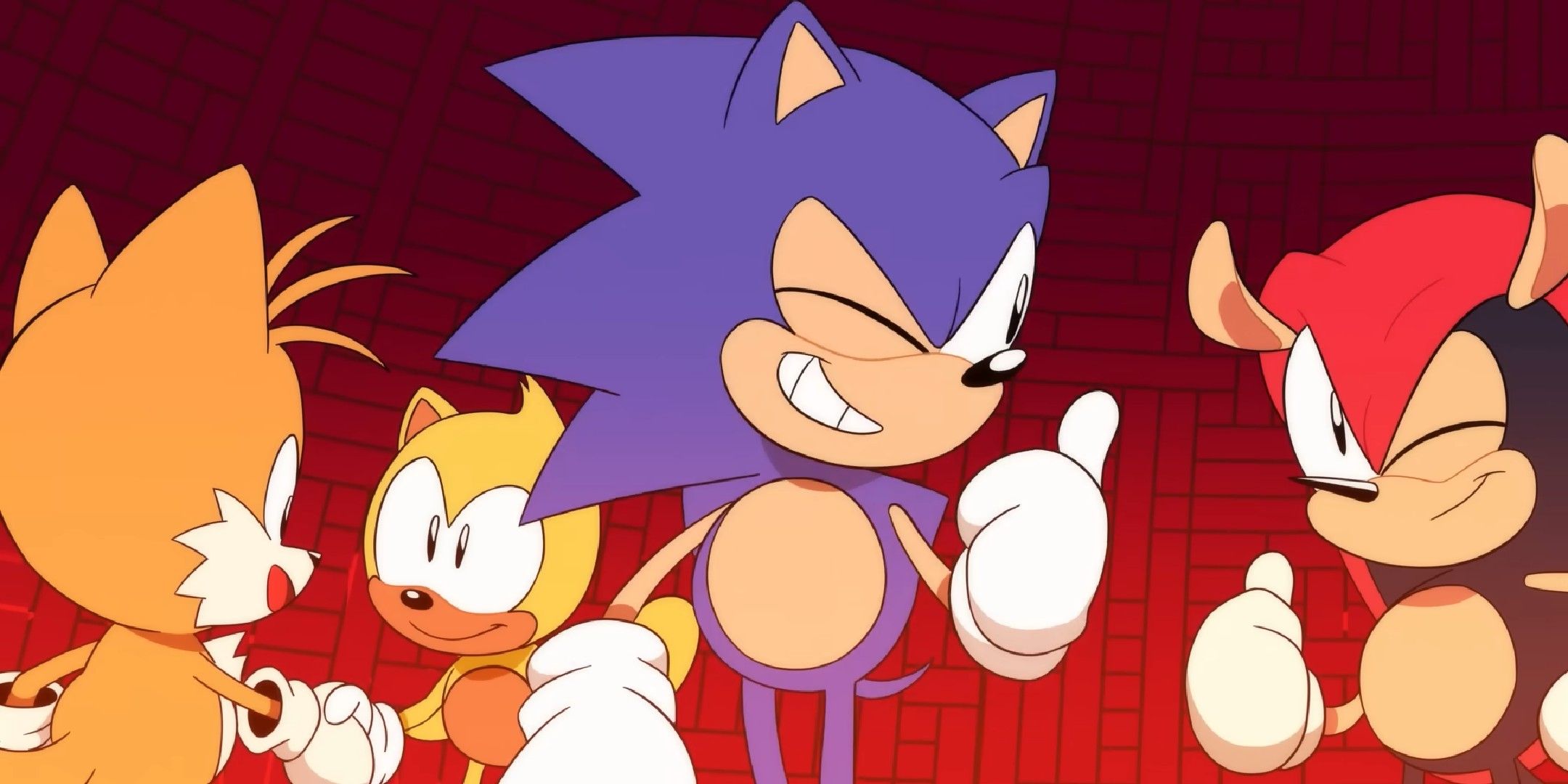
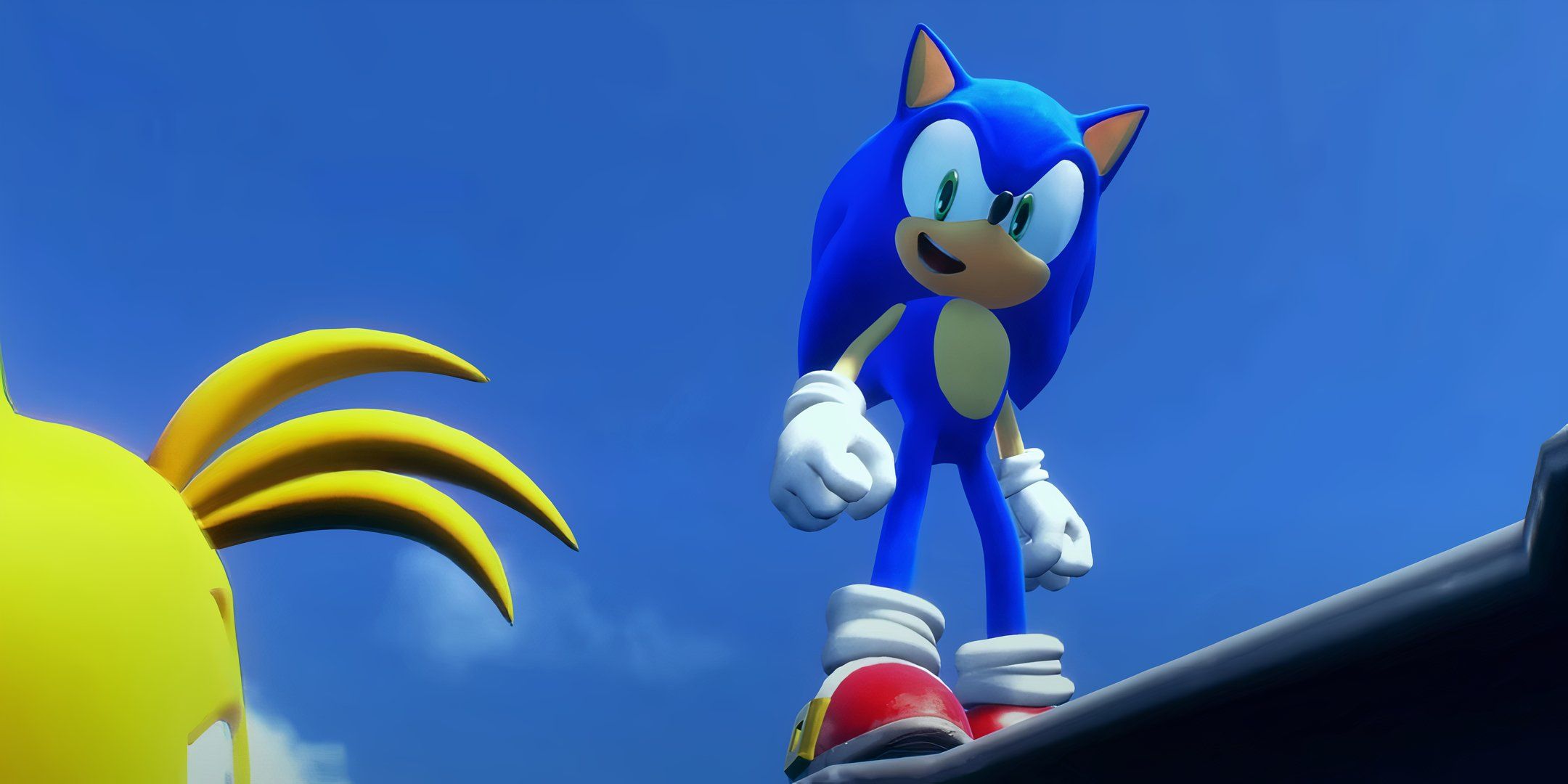
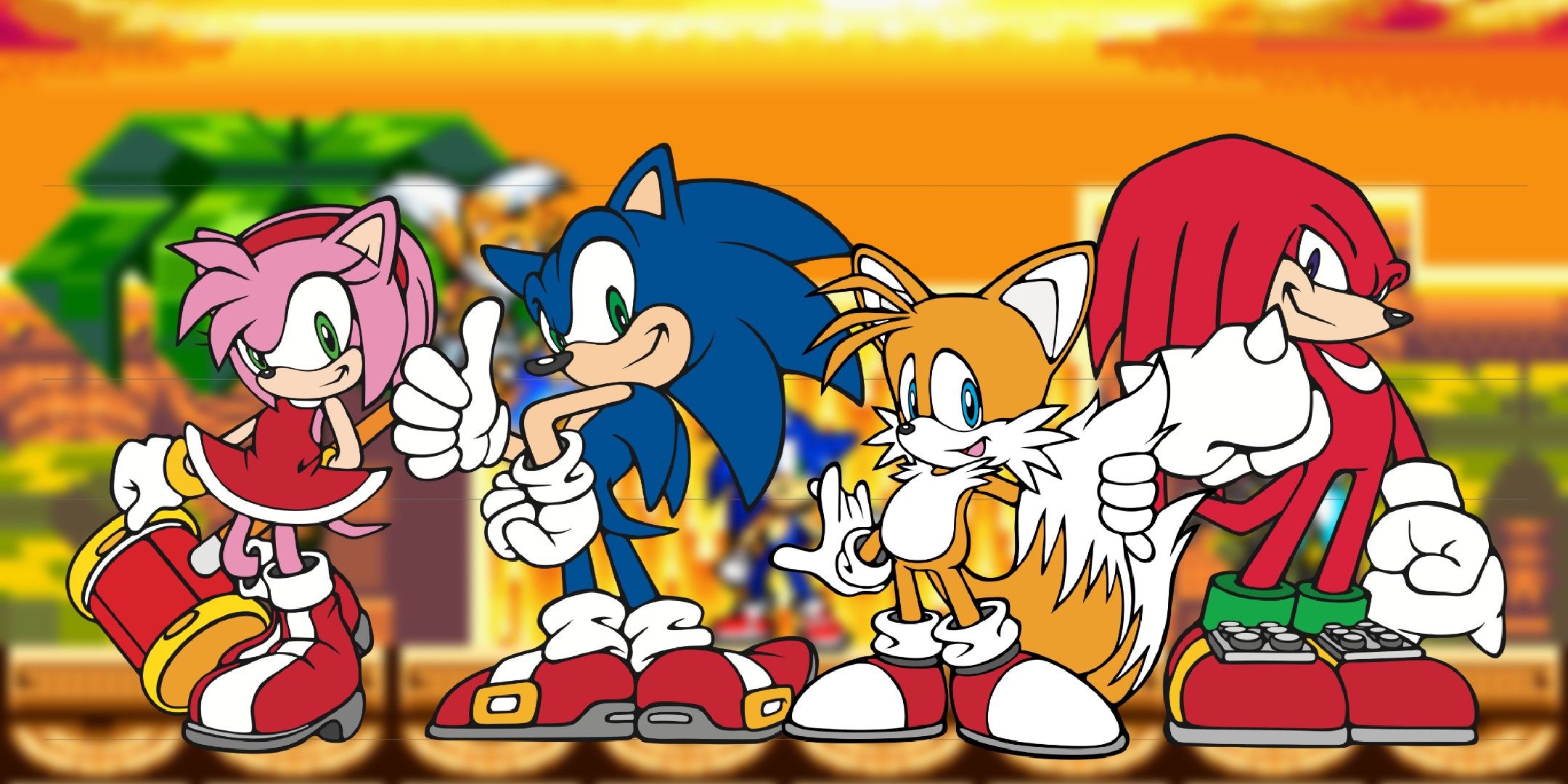
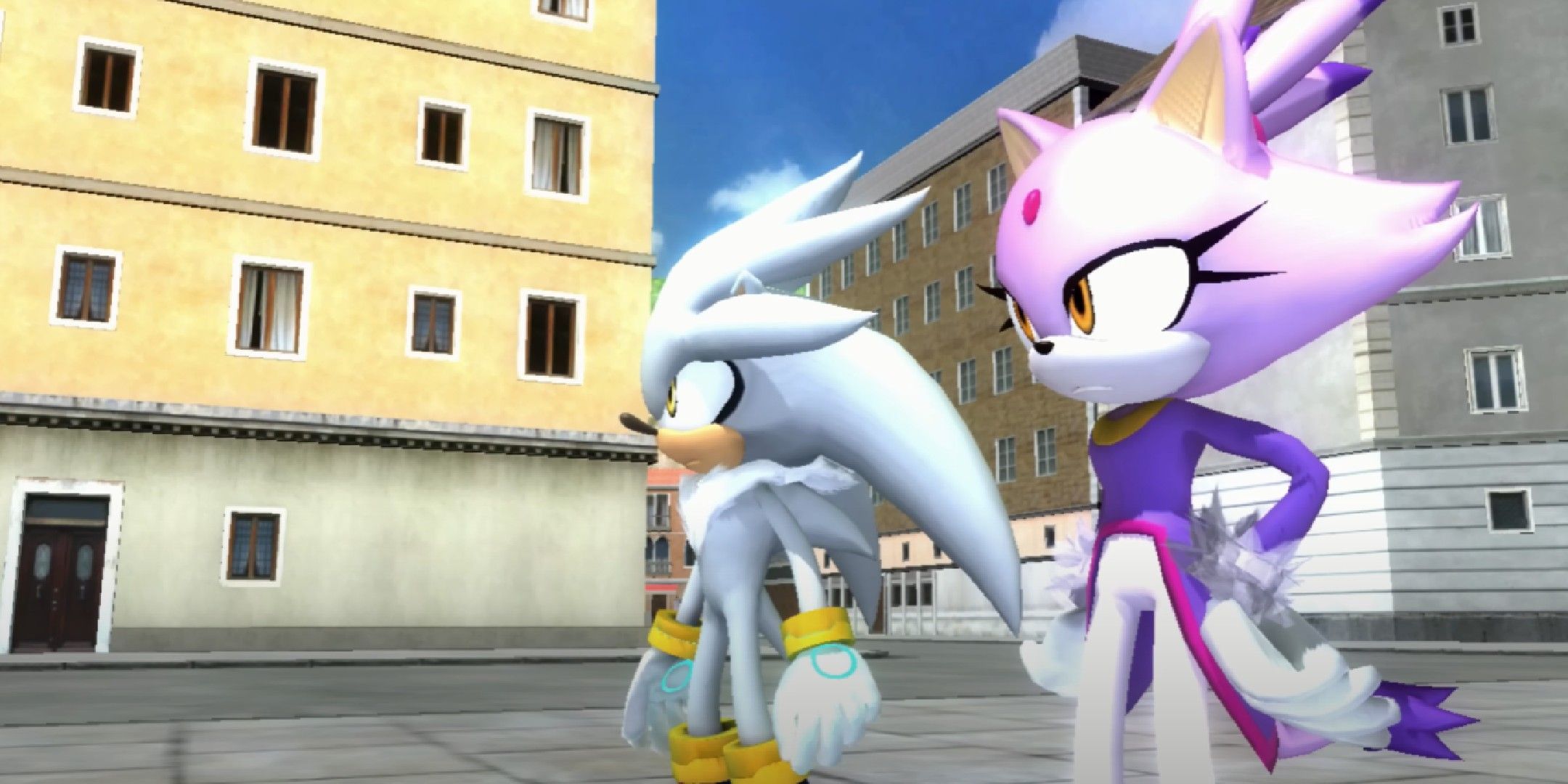
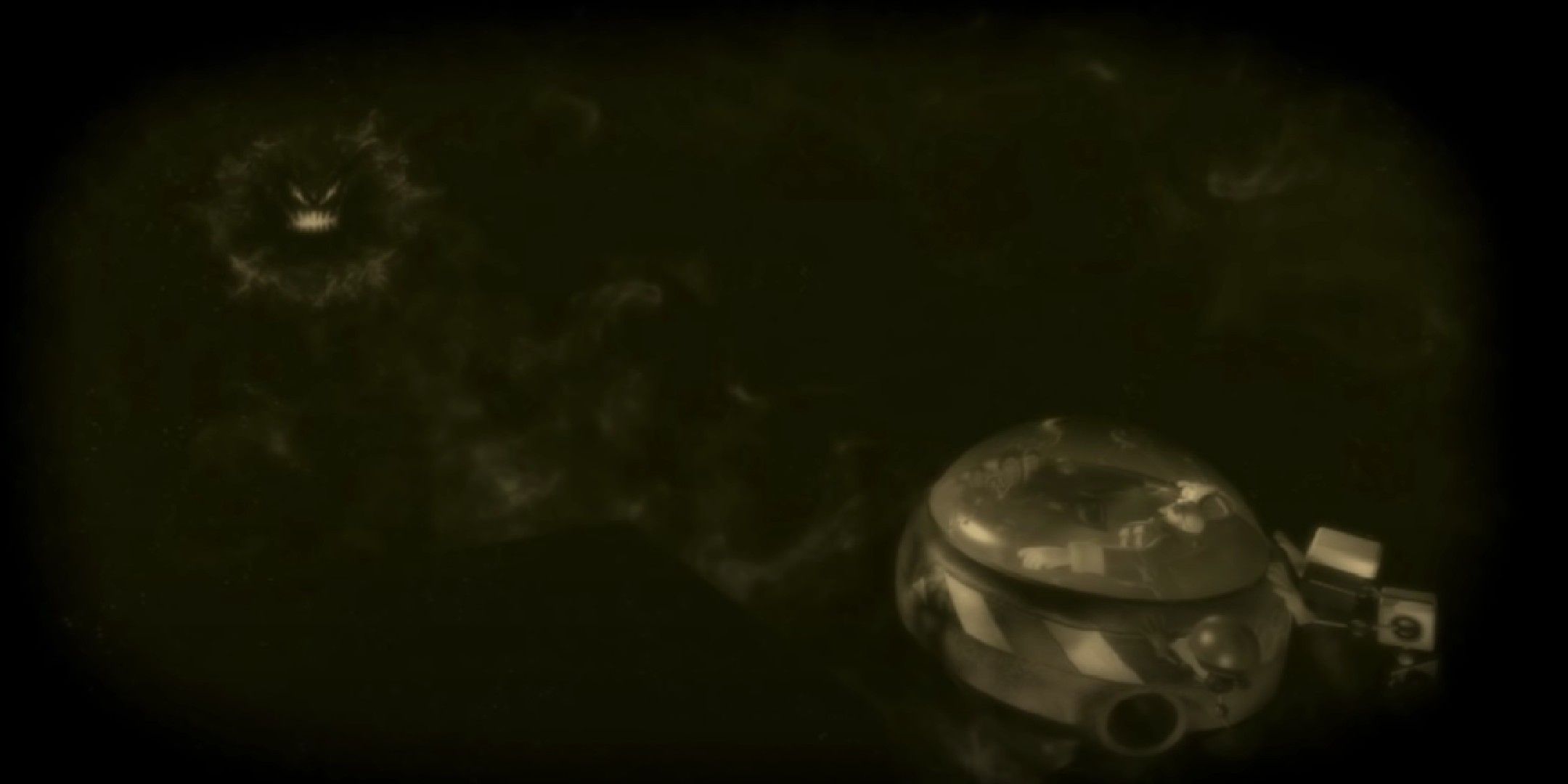
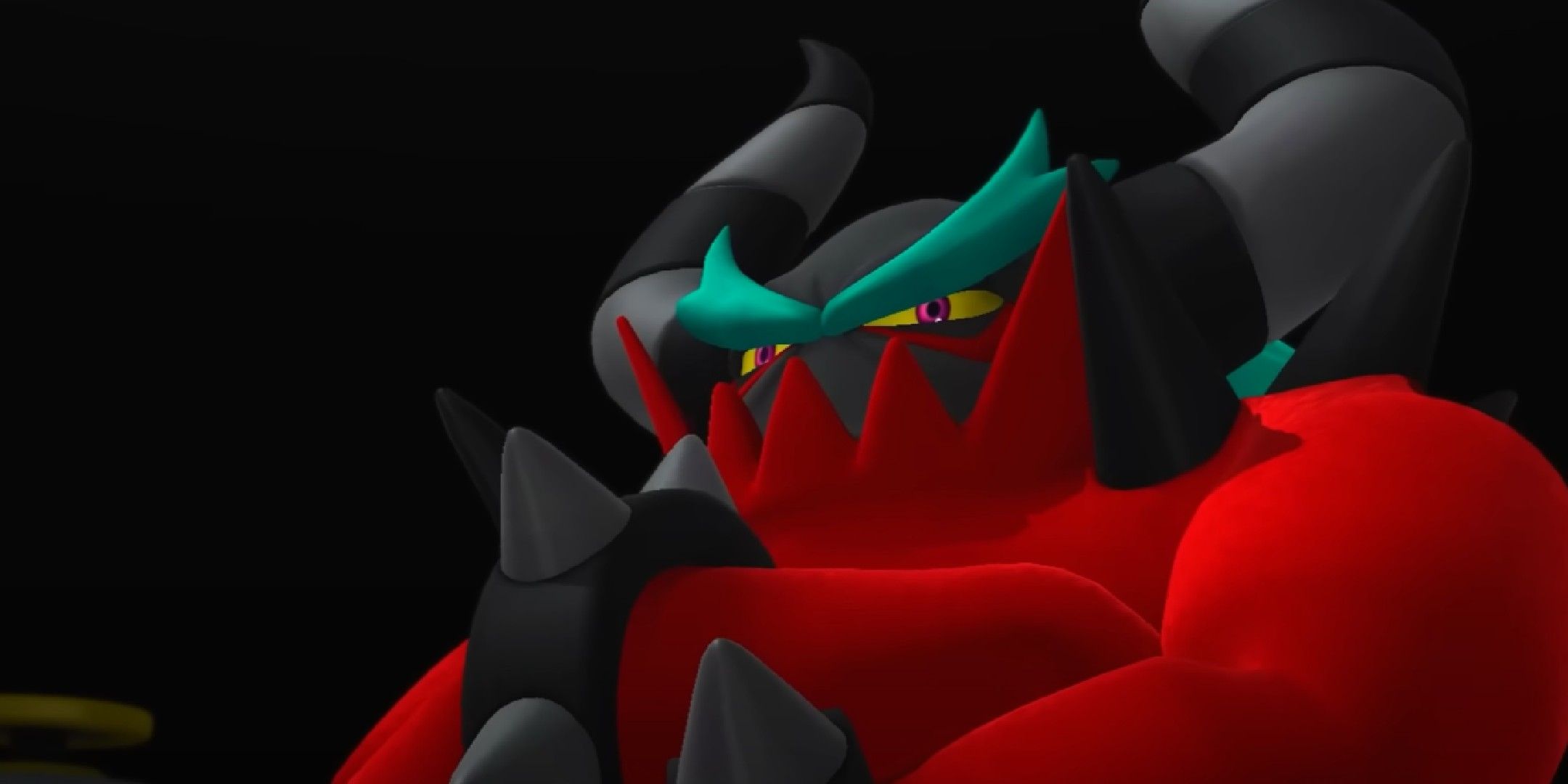
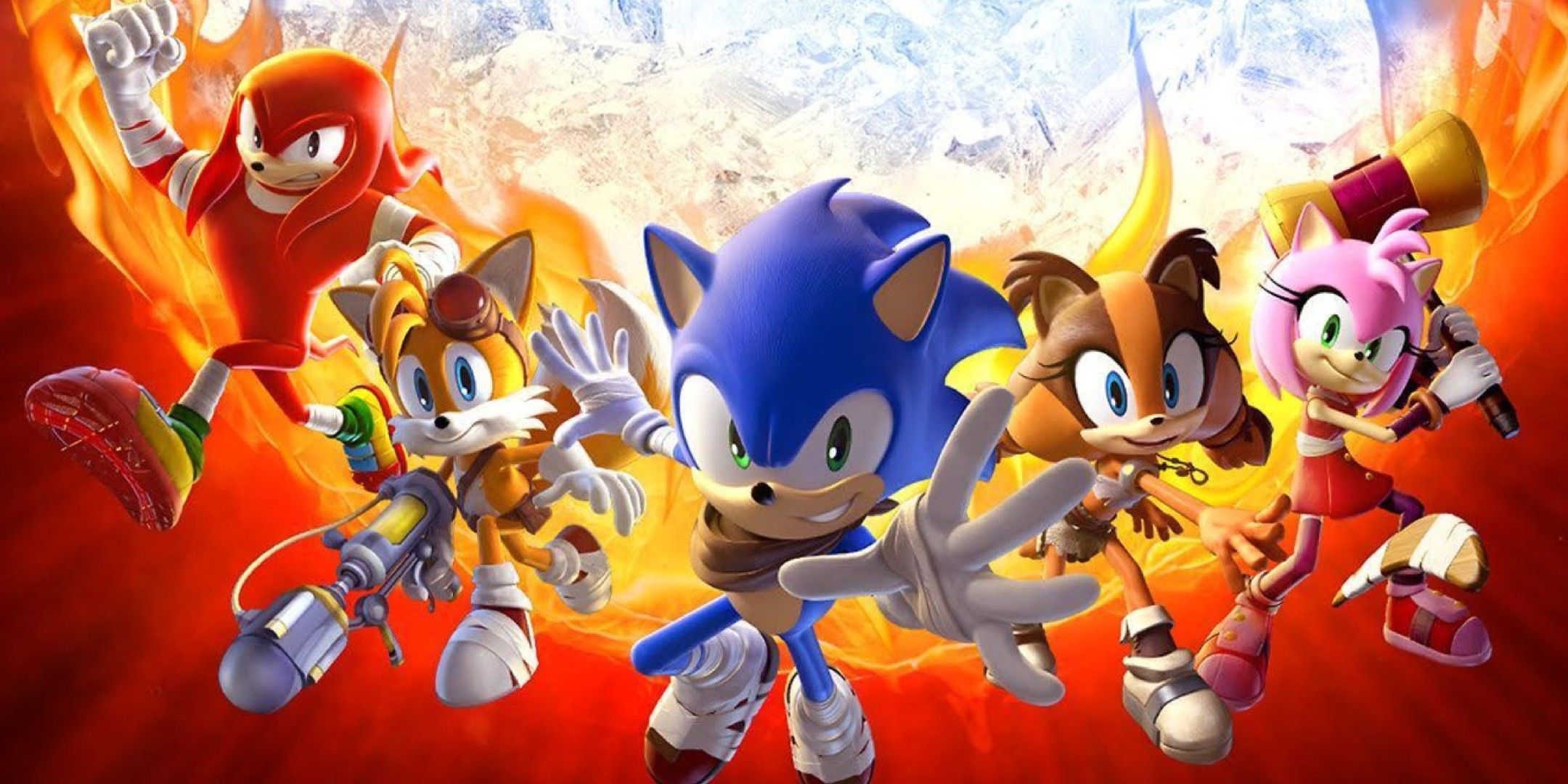
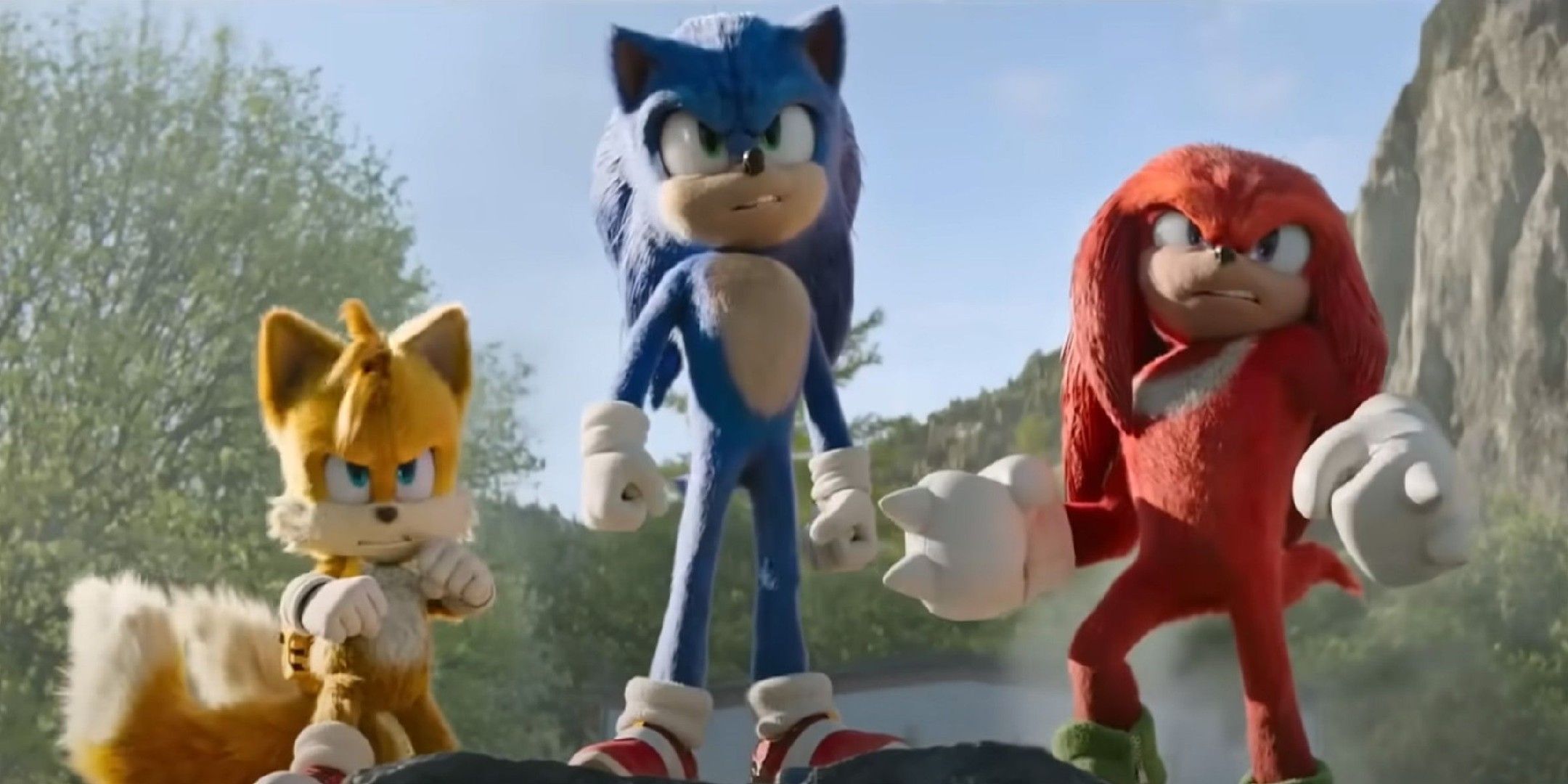


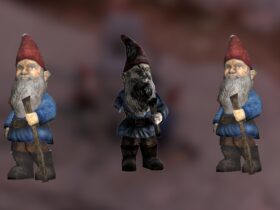



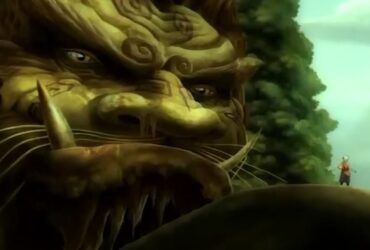

Leave a Reply